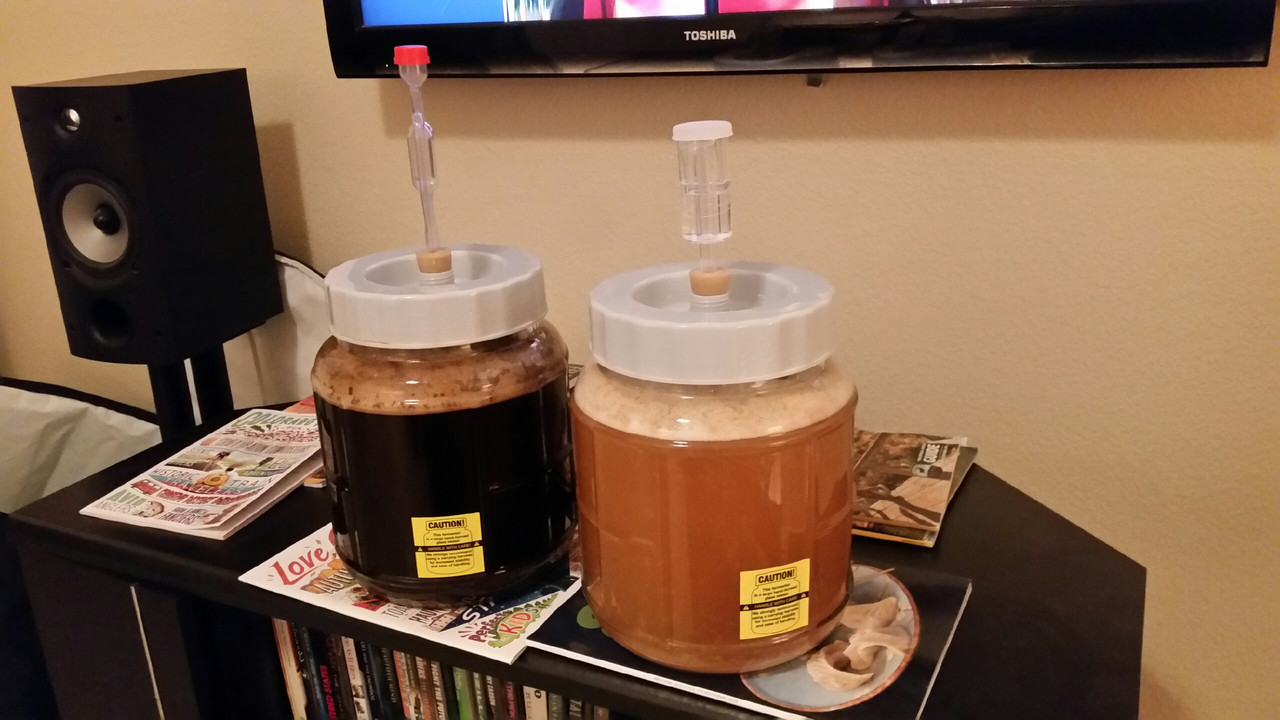fragged
Well-Known Member
I've done the same with this beer, but at 5 gallons each. I used cascade at day 3 of fermentation. Think I used 2 ounces.I usually follow directions/recipes to the letter the first time I brew or cook them, but I got to thinking that I've got two spare 3 gallon fermenters sitting around not doing anything right now. What if I leave half the recipe as is in one and in the second one dry hop it and end up with two similar but different beers? What would you dry hop it with? I'm assuming more Cascade. And how much would you dry hop a 2.5 gallon recipe? And when? I've brewed about 40 recipes so far, but have never dry hopped any of them. Thanks in advance.
I'd say that it was nice to have both. I basically had pale ales at both ends of the spectrum. If I was forced (at gunpoint) to dump one, it probably would have been the one without the dry hop though.





























![Craft A Brew - Safale BE-256 Yeast - Fermentis - Belgian Ale Dry Yeast - For Belgian & Strong Ales - Ingredients for Home Brewing - Beer Making Supplies - [3 Pack]](https://m.media-amazon.com/images/I/51bcKEwQmWL._SL500_.jpg)
































